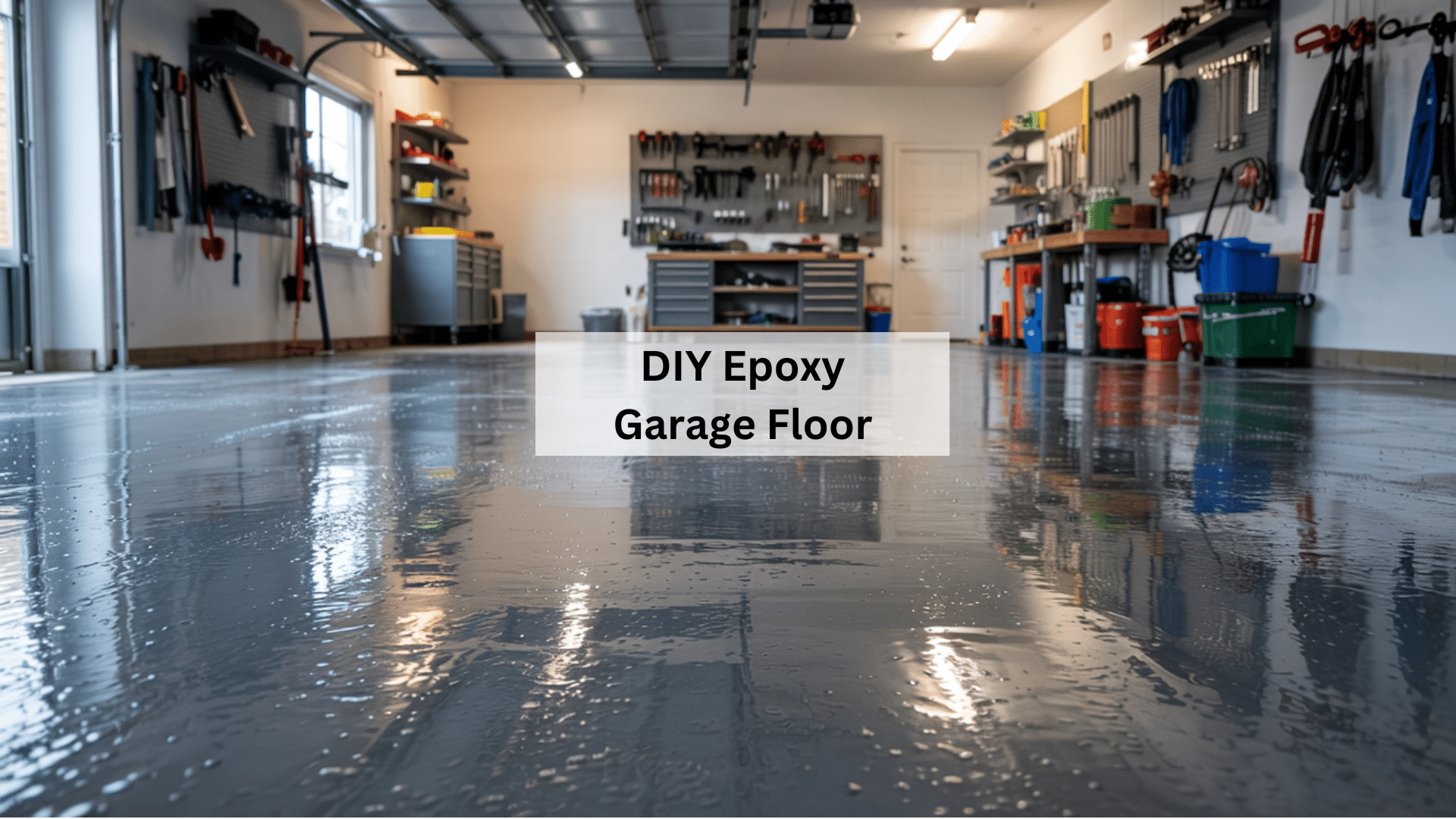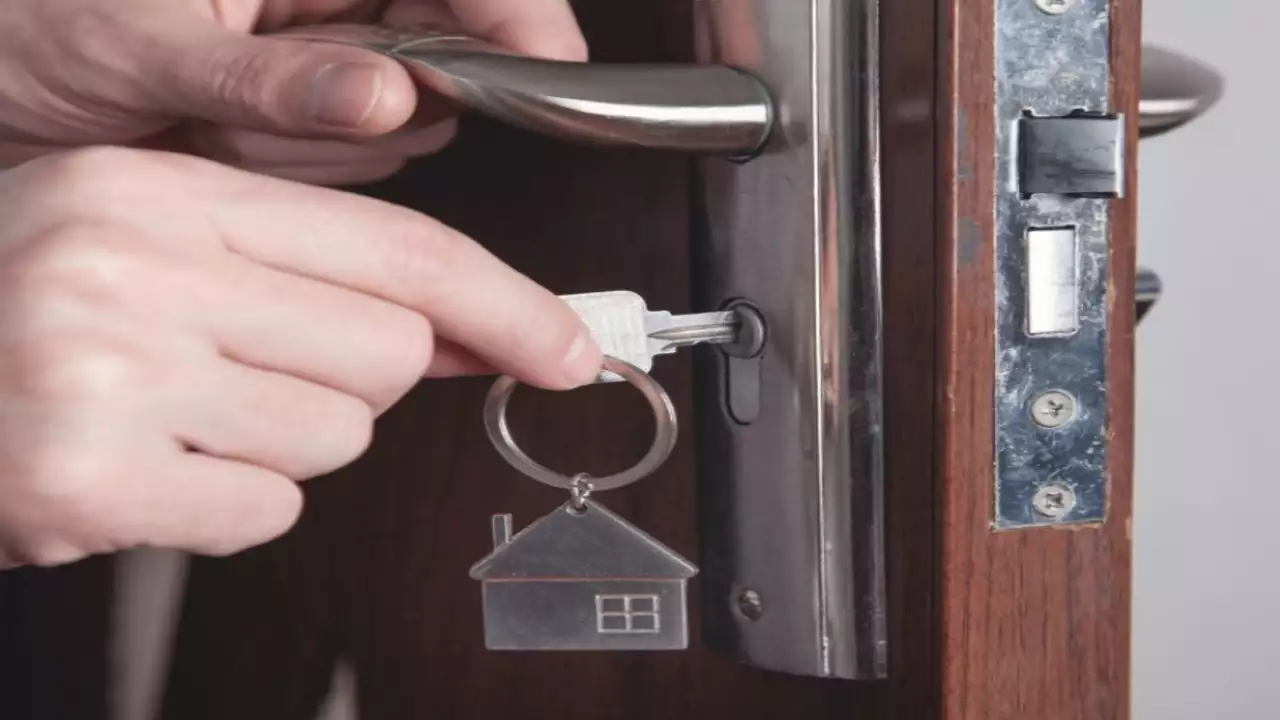How do I Know What Drainage System I Have?
Understanding the type of underground drainage system you have is essential for effective water management in your property. In the UK, drainage systems are categorised into two main types: surface water drainage and wastewater drainage. Each system is designed to handle different kinds of water, and knowing which one you have can help you maintain them properly and troubleshoot any issues that may arise. This blog post will guide you through the steps to identify your drainage system and provide insights into their operations.
Types of Drainage Systems
Before we delve into identifying your drainage system, let’s first clarify the two main types:
Surface Water Drainage, this system deals with rainwater and melting snow or ice. It collects water from roofs, driveways, and streets and directs it into nearby watercourses or soakaways.
Wastewater Drainage, this system, also known as foul water drainage, handles water that comes from inside the property such as toilets, sinks, baths, and washing machines. It transports this wastewater to sewage treatment facilities.
Separate and Combined Systems
In the UK, properties can have separate drainage systems for surface water and wastewater, or a combined system that handles both. Here’s how you can identify which one you have:
If you have separate systems, you will notice two sets of drainage pipes: one for surface water, often with grates or gutters leading into it, and another for wastewater, which will be connected to the sewage network. These systems are often found in modern housing developments.
In a combined system, both surface water and wastewater flow into the same pipes and are directed to the sewage treatment plant. Combined systems are more common in older properties and urban areas.
Inspecting Your Property
To determine which drainage system you have, you can perform a simple inspection of your property.
- Look for Manhole Covers: One of the easiest ways to identify your drainage system is by locating and inspecting manhole covers. If you find two manhole covers, you likely have a separate system. If there’s only one, it’s probably a combined system.
- Check Downspouts: The downspouts from your gutters can give you clues about your drainage system. If they lead into a soakaway or directly into the ground, you likely have a separate system for surface water. If they connect to the same pipes as your wastewater, then you have a combined system.
- Consult Property Documentation: Sometimes, the best way to understand your drainage system is by looking at property documents. When a house is built, the drainage system is detailed in the architectural plans. If you have access to these plans, they will clearly indicate whether your property has separate or combined drainage systems.
- Observe Pipe Connections: Another method is to observe where the pipes from your sinks, baths, and other appliances go. If they connect to different pipes than those collecting rainwater, it’s a separate system. If they all feed into one pipe, it’s likely a combined system.
- Assess the Age and Location of Your Property: The age of your property can also be a good indicator. Older properties, particularly those built before the 1960s, are more likely to have combined systems. Newer properties tend to have separate systems due to modern regulations requiring the separation of surface water and wastewater.
Understanding the Implications
Once you’ve identified the type of drainage system your property has, it’s important to understand the implications of each.
Separate systems may require more maintenance as there are two systems to manage. However, they are less prone to overloading during heavy rainfall, as surface water is diverted away from the sewage treatment facilities.
Combined systems can be overwhelmed during periods of heavy rain, leading to increased flood risk. It’s essential to keep gutters and drains clear to prevent blockages that can cause water to back up.
Separate systems are generally better for the environment, as they prevent clean rainwater from being treated unnecessarily, reducing the burden on sewage treatment plants and conserving energy.
In the UK, regulations sometimes require property owners to manage surface water on their own land to reduce the impact on the public drainage system. Knowing your drainage system type is crucial for compliance with these regulations.
Troubleshooting Drainage Issues
If you’re experiencing drainage problems, knowing your system type can help you troubleshoot more effectively.
Blockages are a common problem in both types of systems. In separate systems, you’ll need to determine whether the blockage is in the surface water or wastewater pipes. In combined systems, a blockage can affect both types of water, so it’s important to address it quickly.
Leaks can also occur in both systems. Identifying the type of water leaking (clean or wastewater) can help you locate the source of the leak in a separate system. In a combined system, any leak should be investigated promptly to prevent contamination and water damage.
Surface water drains can overflow if they’re not adequately maintained, especially in separate systems where they’re not designed to handle wastewater. In combined systems, overflows can be more severe due to the volume of water from both sources.
Professional Assistance
If you’re unsure about the type of drainage system you have or if you’re facing persistent issues, it’s wise to seek professional help. Drainage experts can conduct a thorough inspection using specialised equipment, such as CCTV cameras, to investigate the pipes and identify any problems. They can also advise on the best course of action, whether it’s regular maintenance, repairs, or upgrades to your system.
Preventative Measures
Regardless of the type of drainage system you have, taking preventative measures is key to avoiding problems:
- Regular Cleaning: Keep gutters, downspouts, and drain grates free from leaves, debris, and other blockages to ensure water can flow freely.
- Inspections: Regularly inspect your drains for signs of damage or blockage. Early detection can prevent more serious issues.
- Soakaways: For properties with separate surface water drainage, installing a soakaway can help manage excess water and reduce the load on the system.
- Water-Smart Landscaping: Consider landscaping that allows for better absorption of rainwater into the ground, such as permeable paving or creating garden areas that can hold water.
Summary Of How do I Know What Drainage System I Have?
Identifying and understanding your drainage system is crucial for maintaining your property and preventing water-related issues. Whether you have a separate or combined system, being aware of how it operates and taking proactive steps to care for it can save you time, money, and stress in the long run. If you’re ever in doubt, don’t hesitate to contact a professional who can provide the expertise and support you need to keep your drainage system functioning efficiently. Remember, effective water management starts with knowing your system and ends with taking the necessary steps to keep it in top condition.







